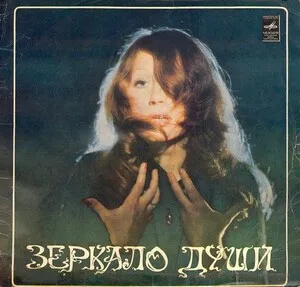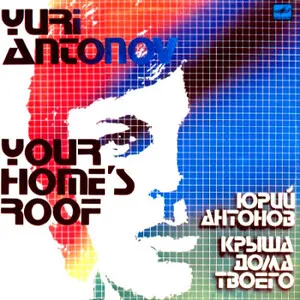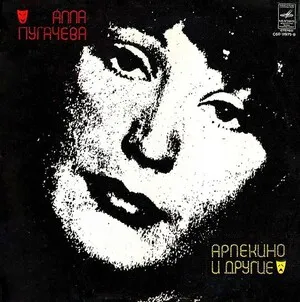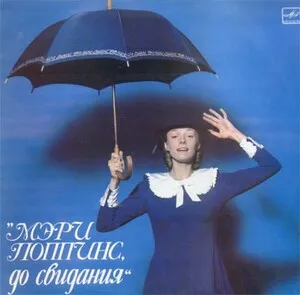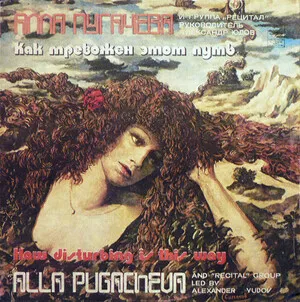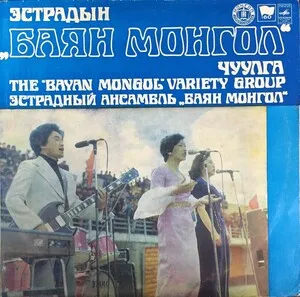
Soviet estrada is a broad umbrella for state-sanctioned light entertainment music in the USSR, spanning polished ballads, danceable schlager-like hits, and orchestral pop. It emphasized memorable melodies, clear diction, and refined arrangements, typically performed by professionally trained vocalists with large variety-orchestras or vocal-instrumental ensembles.
Stylistically, it blended pre-revolutionary urban romance and European chanson with jazz-lite swing, tango, light music, and traditional pop. Lyrics were carefully curated—romantic, everyday, and civic themes were celebrated—resulting in an optimistic, dignified tone that balanced audience accessibility with cultural policy.
Soviet estrada took shape in the 1930s as a standardized form of "variety-stage" music. Figures like Leonid Utyosov popularized jazz-inflected light songs, while film and theater composers such as Isaak Dunayevsky supplied sophisticated, catchy numbers for orchestras and cinema. Arrangement styles drew on big band swing, tango, and European light music, but were framed within a culturally approved aesthetic that foregrounded decorum and clarity.
After World War II and during the Khrushchev Thaw, estrada expanded via radio/TV variety orchestras and touring concert circuits. The Melodiya state label disseminated hits nationwide. Star vocalists—often conservatory-trained—fronted lush orchestras, and the repertoire mixed civic optimism with romantic themes. International festivals (e.g., Sopot) helped align estrada with continental schlager and chanson while maintaining a distinct Soviet presentation.
The 1970s brought vocal-instrumental ensembles (VIAs) that blended estrada’s polish with elements of pop/rock and disco, while leading composers (e.g., Aleksandra Pakhmutova, Raimonds Pauls) crafted anthemic, melodically strong songs for major stars. Television showcases like Pesnya Goda cemented a national canon. By the 1980s, synthesizers and drum machines entered the palette, but the core values—memorable melodies, clear diction, emotional directness—remained.
Following 1991, estrada’s star system evolved into Russian/Ukrainian mainstream pop and adult contemporary, while some repertoire fed into Russian chanson. Its sound and imagery later inspired retro-minded scenes (e.g., sovietwave) and remain staples of nostalgic programming, galas, and repertoire for orchestras and conservatories across the post-Soviet space.

